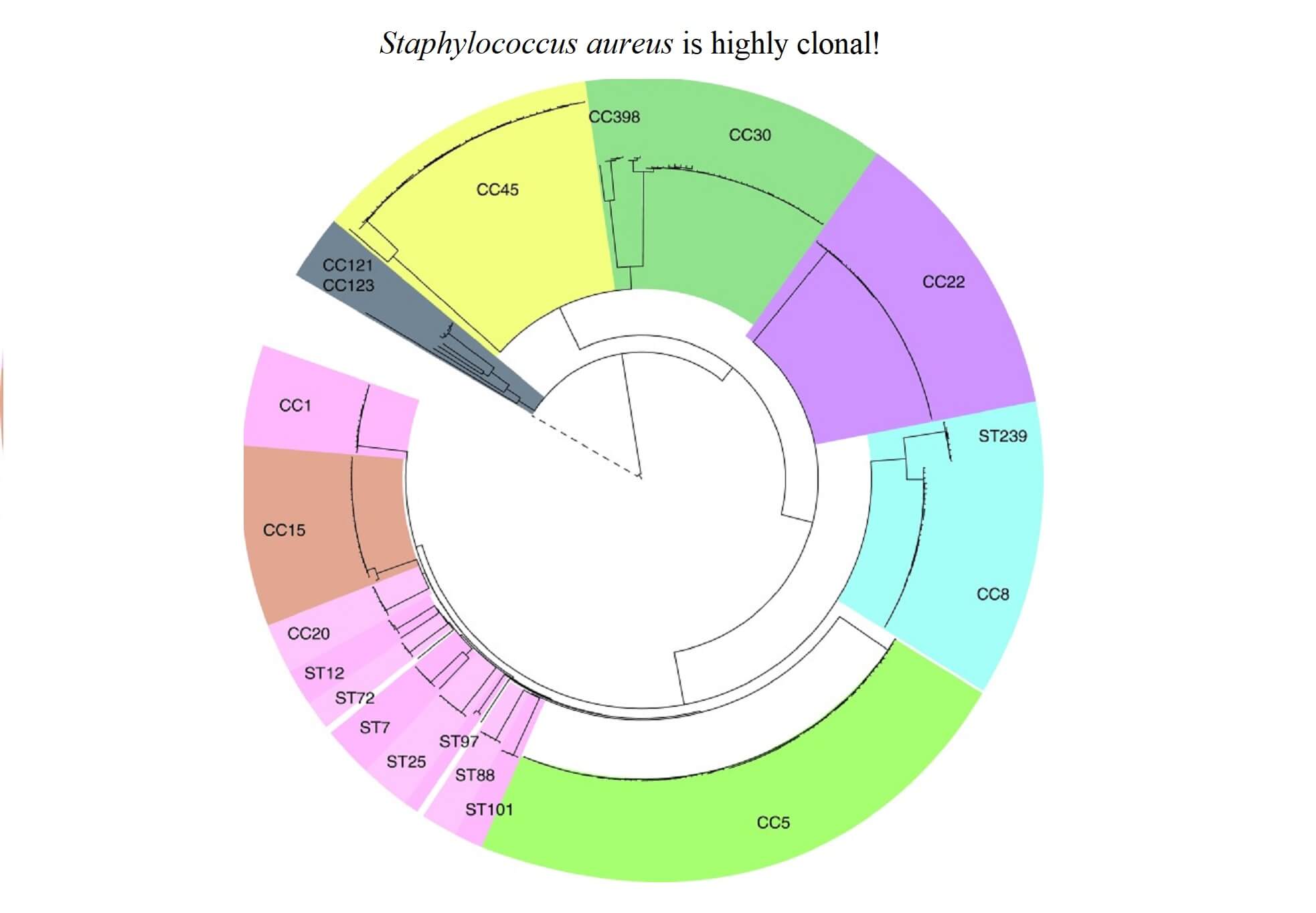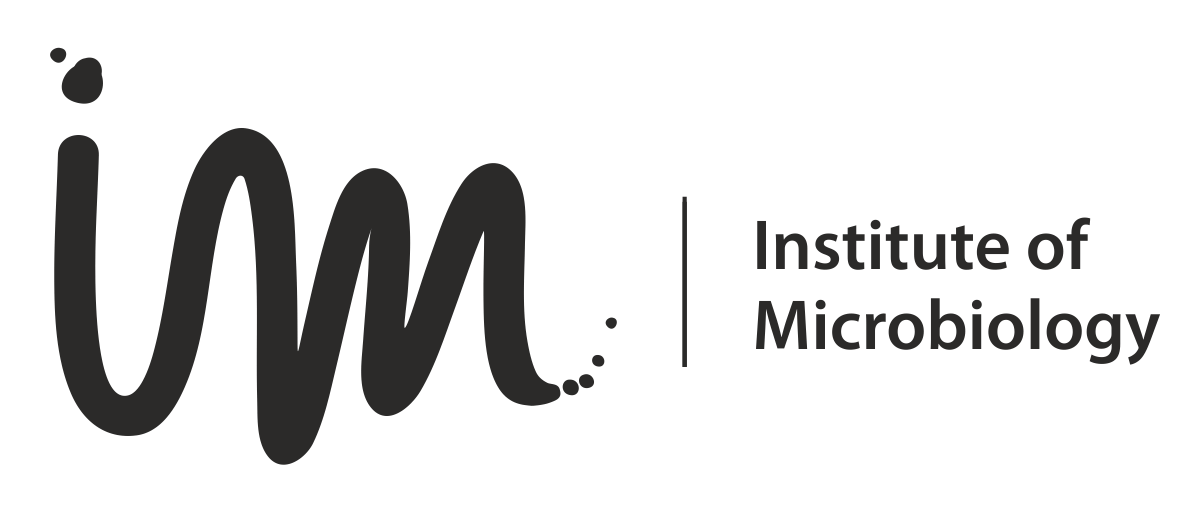Genetic variance and pathogenicity of Staphylococcus aureus

14 11 2022
Category: IM Seminar
You are invited to the institute seminar: on Monday, 21st of November at 2 pm MSc Paula Rożen from the Department of Molecular Microbiology will present a seminar on „The role of genetic variance of Staphylococcus aureus on adhesion to fibronectin and fibrinogen”.
Abstract:
Staphylococcus aureus is one of the most common sources of infections in the soft tissues and blood which can cause life-threatening complications such as infective endocarditis (IE). These study focus on the importance of microbial surface components recognizing adhesive matrix molecules (MSCRAMMs) that are responsible for binding cells to human glycoproteins: fibrinogen (ClfA & ClfB) and fibronectin (FnBPA & FnBPB). The aims of the project include identification of genetic variance associated with distinctive levels of adhesion and identify associations between isolates adhesion levels and patients’ clinical manifestations.
A newly assembled collection of 237 S. aureus bacteremia isolates from three hospitals in Poland were subjected to whole genome sequencing and phenotyped quantitatively to discriminate their ability to adhere to fibrinogen and fibronectin. In the case of fibrinogen, the cultures were carried out to the stationary phase, for fibronectin – to the logarithmic phase.
Investigated bacteremia isolates represent varying levels of adhesion. The distribution of adhesion levels was normal. The discriminatory power of the data is sufficient for identification of associated genetic variance and clinical manifestations. Initial analysis showed significant differences in the level of adhesion to fibronectin between strains derived from different sequence types and clonal complexes. Moreover, community-acquired isolates had higher levels of adhesion to fibrinogen than the healthcare-associated strains while mortality of patients infected with more adhesive isolates was lower.
The ongoing genome wide association studies will identify the genetic variance responsible for the varying levels of adhesion linking the genotype with clinical manifestations of the patients.
